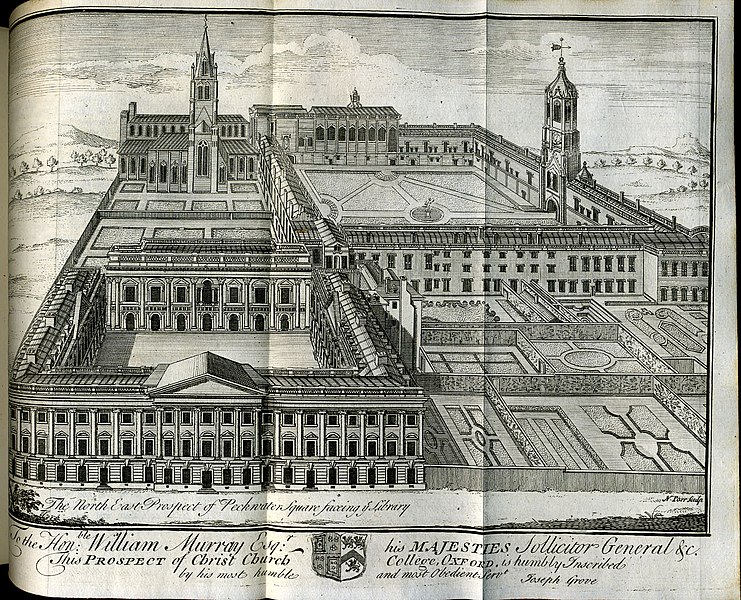
Oxford, not London, emerges as the murder capital of late-medieval England, with the male university population identified as the primary instigators of violence, according
to groundbreaking research conducted by scholars at the University of Cambridge.
The study reveals that Oxford's homicide rate during this period was four to five times higher than that of 14th-century London or York. Professor Manuel Eisner, the lead investigator behind the murder map project and director of the University of Cambridge's Institute of Criminology, expressed that this finding was consistent with his expectations. He commented, "I knew from previous publications that Oxford had a very high homicide rate."
The Medieval Murder Maps project, initiated by the Institute of Criminology's Violence Research Centre, has unveiled a digital resource that charts crime scenes from 700-year-old coroners' inquests and investigations. Initially focusing on London in 2018, the project has now expanded to include maps of Oxford and York.
Collectively, the project has documented 354 homicide crime scenes that occurred in 14th-century England.
In Oxford, the research indicates that 75% of the known perpetrators were identified as "clericus," a term likely referring to students or university members during that era. A similar percentage, 72%, of the victims fell into the same category. Historical literature from that period suggests that university towns were often associated with student rioting, violence, and misconduct, confirming these stereotypes through data analysis.
Oxford, as a major center of learning in the Western world, attracted scholars from across the globe. With a population of around 7,000 at the time, it was a hub for international academic pursuits. Of this population, approximately 1,500 individuals were believed to be students.
Eisner describes Oxford as a "perfect storm for violence" during this era. The students, all males aged between 14 and 21, had limited social control but easy access to alcohol and weapons, creating a volatile environment. Additionally, students often formed groups based on their regional origins, further contributing to conflicts between individuals from different areas.
To construct the murder map, the researchers meticulously reviewed coroners' rolls, which documented sudden and suspicious deaths as determined by local juries. These records contained vital information, including names, events, locations, and even the types of murder weapons used.
Based on their findings, the research team estimates that late-medieval Oxford had a homicide rate of 60 to 75 per 100,000 people, a rate approximately 50 times higher than the current rates observed in 21st-century English cities. However, Eisner cautioned against making direct comparisons, emphasizing the stark differences in emergency services and medical care available between the Middle Ages and the present day. Photo by Engraved by N. Parr, Wikimedia commons.








































